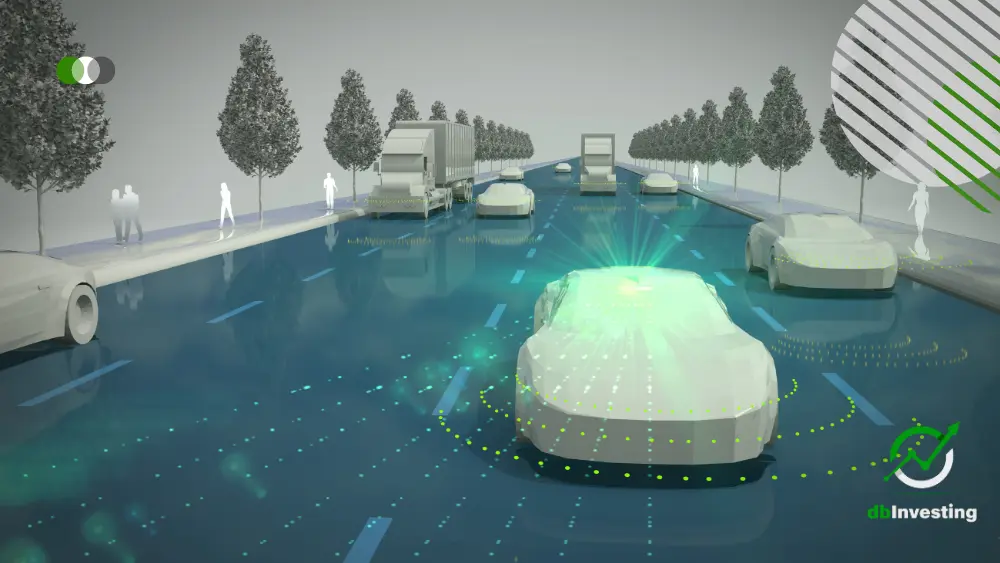In recent years, the automotive industry has witnessed groundbreaking advancements in autonomous driving technology. Tesla, the innovative electric vehicle (EV) manufacturer, has been at the forefront of this transformation with its Full Self-Driving (FSD) system.
This article explores the features, potential, and crucial aspects of safety associated with Tesla’s FSD, highlighting its significance in shaping the future of transportation.
Understanding Tesla’s FSD (Full Self-Driving)
Definition and Overview
Tesla’s Full Self-Driving (FSD) is an advanced driver-assistance system designed to enable autonomous capabilities in their electric vehicles. FSD goes beyond traditional cruise control and assists drivers with navigating, changing lanes, parking, and even handling complex intersections.
Evolution of FSD Technology
Tesla’s FSD system has evolved significantly over the years. From early Autopilot features to the current advanced FSD Beta, continuous improvements have been made through over-the-air updates. Tesla’s fleet of vehicles collects real-world data, which is then used to refine and enhance the FSD capabilities through machine learning algorithms.
Key Features of Tesla’s FSD
- Autopilot: Tesla’s Autopilot, an essential part of FSD, enables the vehicle to steer, accelerate, and brake automatically within certain driving conditions.
- Navigate on Autopilot: This feature allows the car to autonomously navigate on highways, making lane changes and taking exits as needed.
- Autosteer: FSD includes Autosteer, which keeps the car within its lane and adjusts speed based on surrounding traffic.
- Smart Summon: With Smart Summon, a Tesla car can be summoned autonomously from a parking spot to the owner’s location.
The Potential of Tesla’s FSD
Advancements in Autopilot Capabilities
Tesla’s continuous software updates have led to remarkable advancements in Autopilot capabilities. As the system gathers more data and learns from various driving scenarios, it becomes increasingly adept at handling complex situations and ensuring a smoother driving experience for Tesla owners.
Impact on Commuting and Traffic Management
With fully autonomous driving on the horizon, Tesla’s FSD holds the potential to revolutionize commuting and traffic management. Autonomous vehicles can communicate with each other, optimizing traffic flow and reducing congestion. This could lead to shorter commute times and improved overall road efficiency.
Enhancing Electric Vehicle Efficiency
Tesla’s FSD not only enhances driving convenience but also contributes to improved electric vehicle efficiency. The system can optimize speed and energy usage, leading to longer ranges and reduced carbon emissions, which align with Tesla’s commitment to sustainability.

The Importance of Safety in FSD
Safety Measures and Protocols
Safety is a paramount concern in autonomous driving technology. Tesla has implemented numerous safety features, including redundant sensors and fail-safe mechanisms, to ensure the FSD system operates safely and reliably.
Autonomous Vehicle Regulations
As autonomous driving technology advances, regulators face the challenge of developing appropriate laws and standards. Tesla actively collaborates with regulatory bodies to ensure that FSD meets all safety requirements and aligns with future regulations.
Tesla’s FSD and the Future of Transportation
Prospects of Autonomous Fleets
With Tesla’s FSD, the concept of autonomous vehicle fleets becomes more plausible. Shared self-driving cars could significantly reduce the number of vehicles on the road, leading to reduced traffic, lower emissions, and more efficient transportation systems.
Addressing Environmental Concerns
The transition to electric and autonomous vehicles plays a crucial role in addressing environmental concerns. By eliminating the need for internal combustion engines and optimizing energy usage, Tesla’s FSD contributes to a greener and more sustainable transportation future.
Ethical Considerations and Challenges
As self-driving technology advances, ethical considerations arise concerning decision-making in critical situations. Tesla and other autonomous vehicle manufacturers must grapple with these challenges, prioritizing safety while navigating moral dilemmas.
Conclusion
Tesla’s Full Self-Driving system represents a significant milestone in the realm of autonomous driving technology. Its evolution, remarkable capabilities, and potential impact on transportation make it a pioneering force in the automotive industry.
As the world moves towards a future of sustainable, efficient, and safe transportation, Tesla’s FSD is at the forefront, leading the charge towards a new era of mobility.
Check the article about Elon Musk’s Warning on Q3 Production – https://dbinvesting.com/blog/teslas-q3-production-and-margin-concerns/
FAQs
1. How does Tesla’s FSD differ from conventional cruise control? Tesla’s FSD goes beyond traditional cruise control by enabling autonomous driving capabilities, such as lane changes, parking, and navigating complex intersections.
2. Is Tesla’s FSD available to all Tesla owners? Tesla’s FSD is available as a premium upgrade for Tesla owners and can be purchased through their vehicle’s software updates.
3. How does Tesla ensure the safety of its FSD system? Tesla prioritizes safety in FSD by implementing redundant sensors, extensive testing, and over-the-air updates to continuously improve performance and address potential issues.
4. Can Tesla’s FSD handle driving in all weather conditions? While Tesla’s FSD performs well in a variety of weather conditions, its full capabilities may be limited in extreme weather scenarios.
5. When can we expect fully autonomous vehicles on the roads? The timeline for fully autonomous vehicles largely depends on regulatory approvals and technological advancements, but Tesla’s FSD is a significant step towards achieving that goal.



